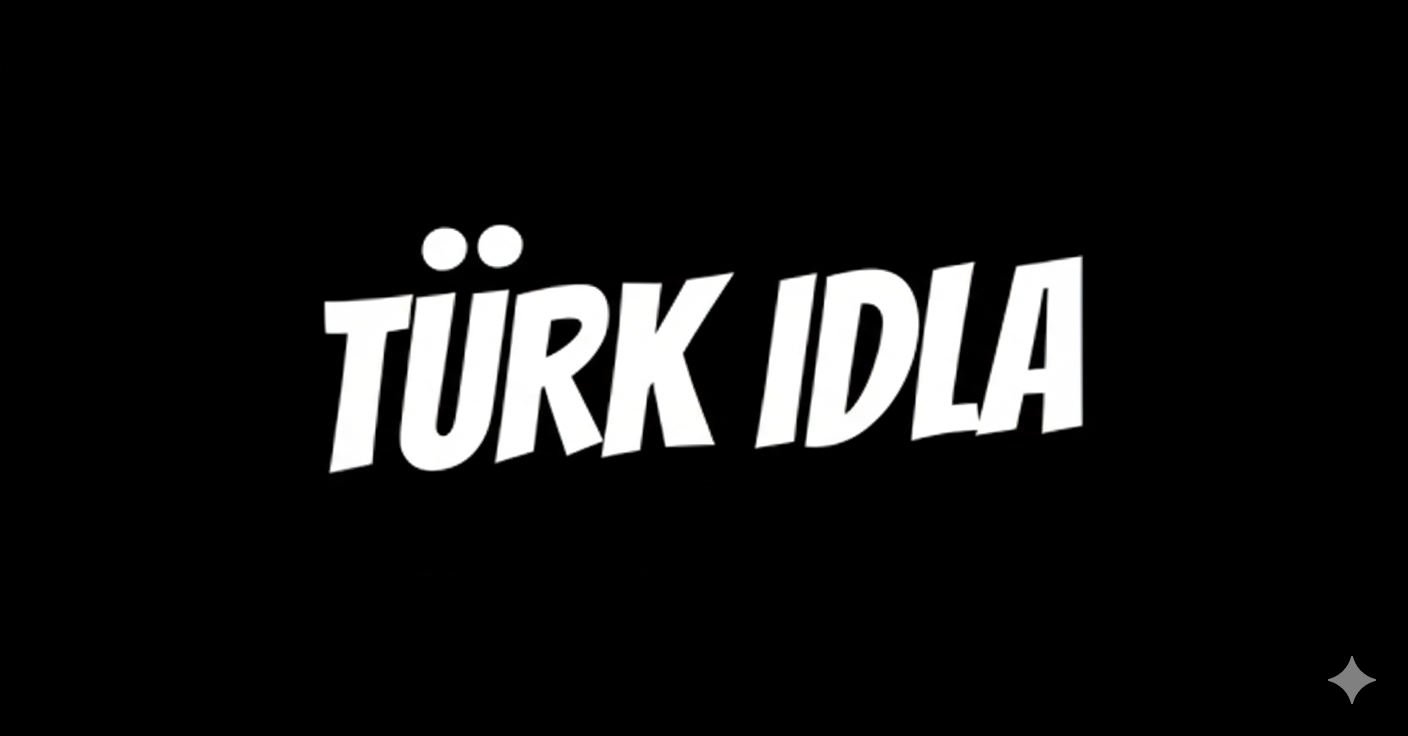Türk Idla combines heritage with modern practices in art, education, and digital influence. Learn what it means, where it comes from, and how it’s shaping culture and media today.
Introduction
Türk Idla is a term that has been getting attention for different reasons. In some places, it is explained as a framework tied to Turkish heritage, something that guides education, design, and even policy. In other spaces, especially in newer online discussions, it has turned into a label for Turkish digital influencers. The word itself mixes “Türk” with “Idla” and depending on the context, it can mean either a cultural approach or a style of online personality. This dual usage has made it confusing but also more interesting.
What Türk Idla Means in the Cultural Context

Writers on sites like AwarenessIdeas and AppCloneScript describe Türk Idla as a set of principles linked to Turkish culture. The idea is to hold onto tradition while applying it to new environments. For example, education is a recurring area where it shows up. Oral storytelling, which is very old in Turkish communities, is used as a way to pass knowledge. Instead of only depending on formal lectures, educators include stories that link values with practical lessons.
Another part of the cultural meaning is connected to creativity. Türk Idla is described as something that supports collaboration across art, architecture, and digital design. Artists and designers can keep their cultural identity visible while producing work that still fits in a modern world. The goal is not nostalgia but adaptation.
The Structure of Türk Idla in Education
The cultural version of Türk Idla is sometimes explained as an approach that helps students learn how to think instead of just memorizing. The storytelling method plays a role, but so does reflective practice. This means students are asked to consider what they learned and how it connects to older practices. For example, a teacher might bring in a traditional story and then ask students how the themes show up in modern life.
Mistakes happen when schools or programs try to cut the concept down to a slogan without really applying it. If Türk Idla is just treated as a buzzword, it loses its meaning. What makes it work is the consistent use of heritage as a practical tool, not just decoration.
Türk Idla in Creative and Professional Fields
In architecture, Türk Idla shows up when designers use traditional patterns or spatial ideas while still building for present needs. In policy and business, the same principle is applied: use cultural knowledge as a guide but stay open to change.
One example given in articles is the way Turkish identity is presented in digital platforms. Instead of copying Western content directly, Türk Idla in creative industries encourages mixing Turkish heritage into digital projects. That could be in the form of storytelling, visual design, or even how a product is marketed.
The Rise of Türk Idla as an Influencer Movement
On the other side, Wolveyes.pk and similar blogs describe Türk Idla in a completely different way. Here, the term is linked to Turkish influencers who build their audience on TikTok, Instagram, or YouTube Shorts. The word “Idla” in this case is interpreted as “idol.” Together, Türk Idla becomes shorthand for Turkish digital idols.
These influencers usually stand out for two reasons: authenticity and style. They don’t depend on big production studios. Instead, they use personal devices to create content that feels direct. Short videos, music-backed clips, casual storytelling—these are the formats. Fans respond because the creators look approachable but also polished enough to stand out.
How Türk Idla Influencers Differ from Mainstream Influencers
Mainstream influencers, whether in fashion or tech, often rely on brand deals and carefully managed content. Türk Idla influencers, according to Wolveyes, tend to lean more on cultural references and personal expression. They may wear local fashion, use Turkish music, or reference social habits in their content. This gives them an identity that is both local and digital at the same time.
Another difference is in the audience connection. Türk Idla creators interact more casually with followers. Comments are often answered, and content ideas sometimes come directly from the audience. This kind of direct loop makes the followers feel part of the growth process.
Why the Two Definitions Exist Side by Side
The cultural interpretation and the influencer interpretation are not unrelated. Both are tied to Turkish heritage being adapted to modern environments. The first is more academic and creative-industry oriented. The second is more about youth culture and digital media. What they share is the same foundation: taking Turkish identity and making it visible in changing contexts.
It is common for cultural terms to shift in meaning once they reach popular media. Türk Idla started as a way to talk about blending tradition and innovation. Now, it also functions as a brand identity for a new group of online creators.
Why Türk Idla Matters Today
- Education – It offers a way to teach that keeps heritage alive while making it practical.
- Design and Policy – It keeps identity present in professional work without isolating it from modern requirements.
- Social Media – It represents a style of influencer culture that stands apart from generic global trends.
- Community Identity – It allows Turkish people, especially younger generations, to see themselves in both traditional and modern forms.
If ignored or misused, Türk Idla risks becoming an empty label. That has already happened in some marketing spaces where the term is thrown around without context.
Common Mistakes in Using Türk Idla
- Treating it as a marketing buzzword instead of applying it in practice.
- Copying Western methods and slapping the label of Türk Idla without including Turkish heritage.
- Assuming it only belongs to academic or influencer spaces, instead of recognizing that it can be both.
Practical Examples of Türk Idla in Action
- Schools – Using Turkish oral traditions in classrooms, but connecting the stories to modern issues like environmental responsibility.
- Architecture – Designing buildings that use Ottoman-era patterns in a way that fits modern urban spaces.
- Influencer Content – A TikTok creator using Turkish folk music clips while telling a modern story.
- Business Branding – Local businesses using Türk Idla principles to keep cultural identity present in logos, colors, and messaging.
The Future of Türk Idla
Türk Idla is not going away. The cultural framework is still being used in education and creative industries. At the same time, the influencer movement is likely to grow because Turkish creators are finding global audiences. If both sides continue, Türk Idla will remain flexible—something that shifts meaning depending on context but always connects back to cultural identity.
FAQs
Q1: Is Türk Idla an official organization?
No. It is more of a term or framework. Some describe it as a philosophy, others as a digital identity.
Q2: Where did the idea of Türk Idla start?
Writings on educational and creative websites suggest it started as a way to link Turkish heritage with modern education and art.
Q3: Why do influencers call themselves Türk Idla?
Because “Idla” is being used like “idol.” It creates a phrase that marks them as Turkish digital idols.
Q4: Is Türk Idla limited to Turkey?
Not exactly. While it is rooted in Turkish culture, the influencer side has international reach. Many creators post in Turkish but attract global fans.
Q5: How can educators or designers apply Türk Idla?
By using cultural references and practices in teaching, building, or designing, but adjusting them for today’s needs.
Conclusion
Türk Idla is a term with more than one meaning. In its cultural use, it is about heritage, education, and creativity. In its digital use, it is about influencers creating authentic connections online. Both uses matter because they reflect how Turkish identity adapts to modern changes. It is not a fixed definition. It is flexible, showing up in classrooms, design studios, and TikTok feeds. The important part is keeping it connected to real practices instead of letting it become a hollow phrase.
Author Bio
Jordon is a writer who focuses on cultural movements, digital media trends, and how identity shifts across modern platforms. He writes with a focus on clarity, directness, and practical application.

